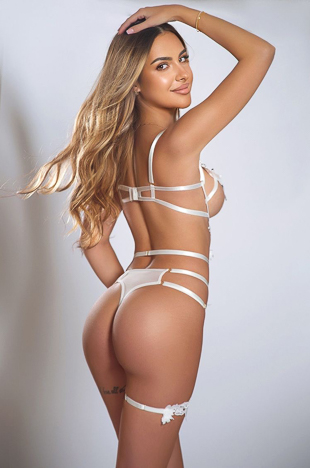Unapologetically bold, undeniably beautiful
Camden isn’t for the faint-hearted. It’s loud, lively, and laced with the unexpected. A playground of rock gods, avant-garde artists, and late-night poets—and our Camden escorts embody every bit of that energy. These aren’t wallflowers. They’re wildcards wrapped in velvet, ready to take you on a night that doesn’t follow the rules.
While Camden Market bustles and neon flickers over the canal, a different kind of magic awaits in private. Our elite companions are confident, effortlessly sexy, and comfortable in settings ranging from rooftop cocktails to after-hours hotel rendezvous. They’re London’s answer to your thirst for something different—someone who gets it, and gets you.
Camden nights, curated encounters
Whether you’re craving uninhibited conversation or the kind of intimacy that lingers long after, Camden escorts bring something memorable to the table—and the bedroom. With looks that turn heads and wit that keeps yours spinning, they’re ideal for businessmen wanting something with bite.
For those who prefer nights that spiral into stories—
Scroll on to meet Camden’s most captivating companions.


























































































































































































